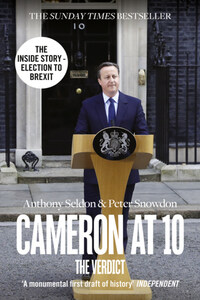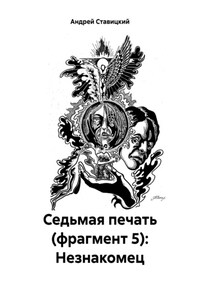The nature of the Prime Minister’s job has not changed fundamentally since the days of Walpole (1721–42), regarded as Britain’s first premier. New roles have appeared, such as leader of his political party in the mid-nineteenth century, while other roles have declined relatively, including the importance of the relations with the monarch and the patronage role. But the complexity of the job, and the speed of response demanded, have changed out of all recognition. In 1806–7, Lord Grenville received sixty letters a week; by 1970–74, for Edward Heath, this number had risen to three hundred in an average week; by 1999, Tony Blair received 7,500 letters a week marked ‘Prime Minister’ – over a thousand letters a day. In addition to this postbag, written messages, phone calls, e-mails and other electronic communications bombard Number Ten Downing Street. There are daily demands for a position or a statement from the Prime Minister on many subjects, the details of which he will often have but a hazy picture.
How does the Prime Minister manage? He has no more hours in the day or weeks in the year than Walpole had 280 years ago. How does he decide what communications he should see? Which people should he see of the many besieging Number Ten with demands for urgent meetings? How does he decide what speeches to give, how to respond to demands for decisions, how to lead the discussion in meetings and what conclusions he should arrive at, or how to respond when a visiting head of government or minister calls on him?
The simple answer is that he or she does not personally decide most of these questions at all. Forty years ago, Charles Petrie wrote a book, The Powers Behind the Prime Ministers, in which he showed that Prime Ministers from William Gladstone to Stanley Baldwin relied on an official who often became much more important than a mere confidential aide. The position has now changed again. No longer does the premier rely on just one or two key figures for advice: the prime ministership is now an office. In the same way that Francis Bacon in the seventeenth century might claim to have read all printed books, so Prime Ministers in the eighteenth and nineteenth centuries, up to Lord Salisbury at the start of the twentieth century, could see and read all relevant items and make up their own minds on all key matters. The First World War and Lloyd George changed all that. From then onwards – and the expansion of the Number Ten Private Office staffed by career civil servants mirrors the change – the premiership in Britain began to become a collective. Aides increasingly took decisions for the Prime Minister, deciding who and what he should see and what he should say. There was nothing sinister in all this: it was inevitable. The Second World War and the expansion in the size of the state saw further growth in the size and scope of the Number Ten Private Office, a trend heightened since the 1960s by Britain joining the EEC in 1973, Northern Ireland, and by the proliferation of the media and their demand for instant responses from the Prime Minister.
Number Ten thus resembles the studio of a great Baroque artist, say Rubens. The finished product bears the master’s name, but much of the painting, especially the routine work, was not executed by him. But it is all executed in the style and the name of the master. The great trick of the modern premiership is that Number Ten has to act seamlessly as if everyone important in it is the Prime Minister. This lays great stress on the picking of staff, sufficiently intelligent to advise or act for the master but also sufficiently self-effacing to subdue their own distinctive preferences.
Some critics of British government complain that there is a ‘hole in the middle’ in Number Ten and that the Prime Minister needs a stronger system of support to provide strategic direction to the rest of Whitehall. The same ‘hole’ might be said of our knowledge of what goes on in the Prime Minister’s office, the Number Ten village. Little is known of the people who work there, how they go about their work and how this has changed in recent years. We have written this book in an attempt to shed light on the work of this village.










